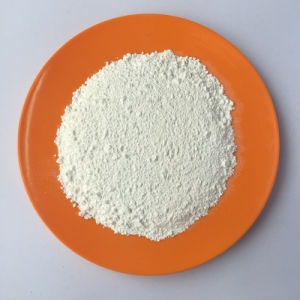PP Random Copolymer R701 (Injection) - South Korea
|
IUPAC Name |
: Poly(1-methylethylene) |
|
Cas Number |
: 9003-07-0 |
|
HS Code |
: 390210 |
|
Formula |
: (C3H6)n |
Basic Info
|
Appearance Name |
: White crystal |
|
Common Names |
: Propene Polymers, Propylene Polymers |
|
Packaging |
: 25 Kg Bag |


---taiwan.webp)

---thailand.webp)
.webp)
 English
English
 Indonesian
Indonesian
 简体字
简体字
 العربية
العربية
 Español
Español
 Français
Français
 Português
Português
 日本語
日本語
 한국어
한국어
 Tiếng Việt
Tiếng Việt
